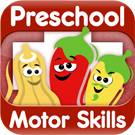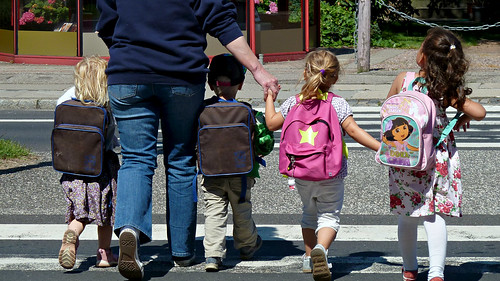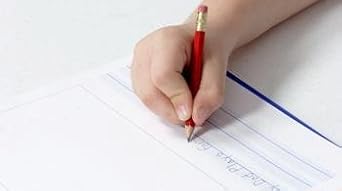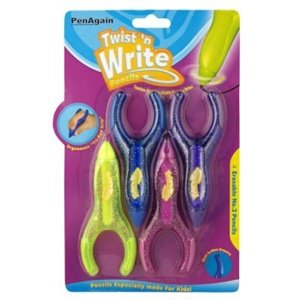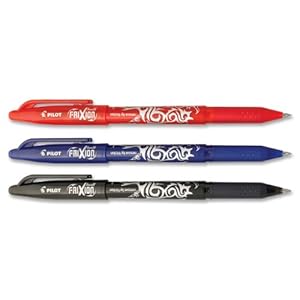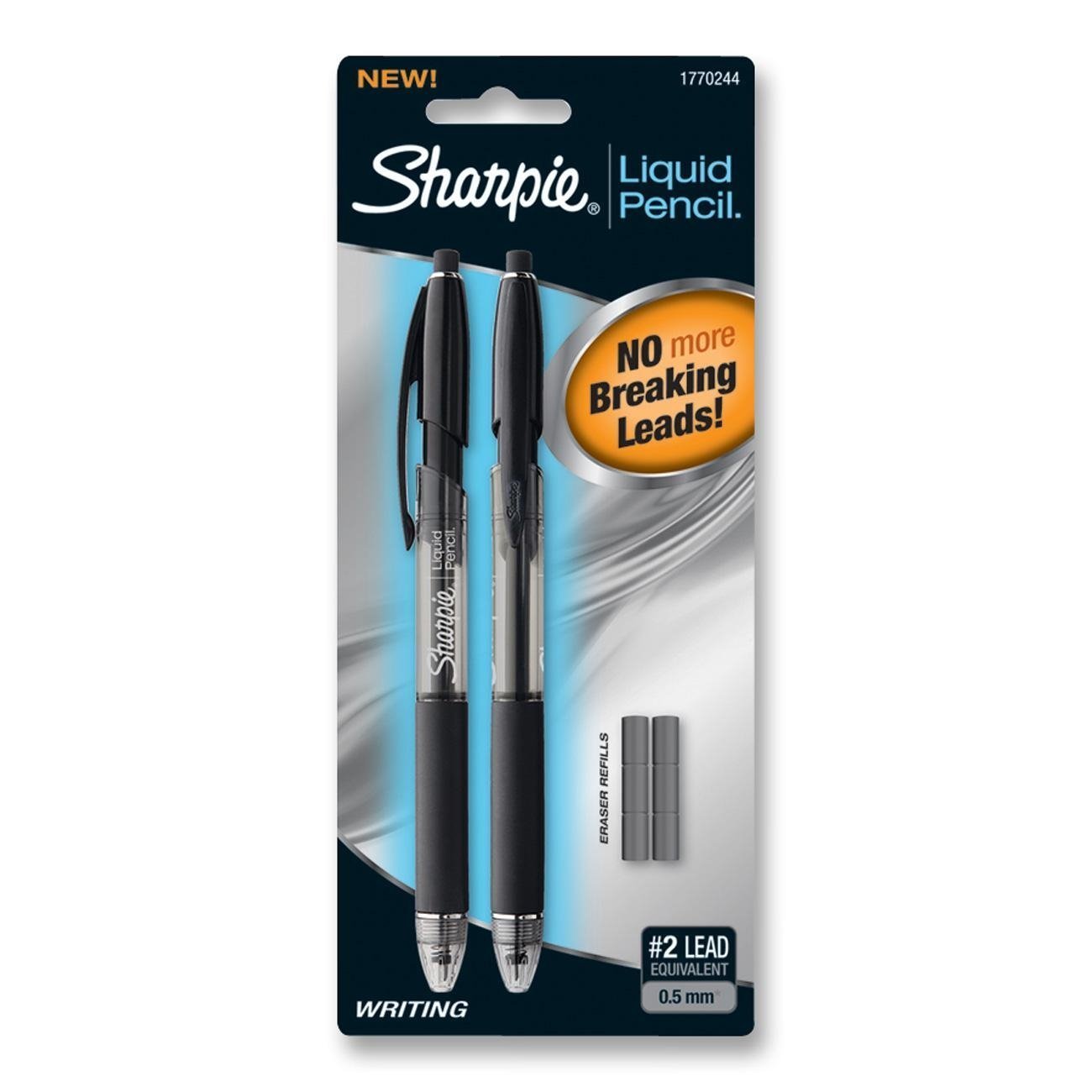October is almost over (whoa...how did that happen?!?) and I've got one more PT stopping by to share her perspective in honor of PT Month. Please welcome Stacy Menz of Starfish Therapies!
Stacy is the founder of Starfish Therapies and is a board certified pediatric clinical
specialist. She stumbled into this field of PT when she realized she would get to
play with kids all day long! In reality, she loves making a difference in the
lives of kids and their families. Stacy is actively involved in her professional organizations
and is on the editorial board of Impact, the publication of the Private
Practice Section of the APTA, and serves on the education committee of the
Pediatric Special Interest Group for the California Physical Therapy
Association. Stacy and her colleagues are also actively involved in research
and have an article published in Pediatric Physical Therapy.
My life as a physical therapist in five words:
Four qualities every pediatric PT should have:
I’m not sure how to put this succinctly into
one word but a pediatric therapist needs to be able to relate to kids. It seems so obvious, yet so important! They should also be creative, playful and be
willing to sing!
Three resources I can’t live without:
- My therapy ball
- Our Universal Exercise Unit
- Toys with multiple pieces to them
Two words (or more!) of advice for parents to develop a working relationship with their child’s PT:
I feel that the best working relationships develop when there is a team
approach. The parents are willing to
communicate their needs as well as listen to what the therapist has to say and
vice versa.
A word of advice for the parents of a child who recently started receiving PT:
I think patience
is often important. Therapists are
developing a rapport with your child and they are going to be pushing them to
do things that are challenging so while it can and will be fun there may be
times that their child may get upset since they are being asked to do things
that are hard.
One dream for the field of physical therapy:
My dream is that more clinicians get involved
in research with case reports so we can continue to promote evidence based
practice at the clinic level.
What I do to rest and relax (or in OT terms, how I maintain occupational balance):
I love to read,
swim, and hang out with my dog!
Stacy, thank you so much for taking the time to stop by and share your perspective with my readers! Readers, be sure to keep up with Stacy on her blog, Facebook, Twitter, Google+, and Pinterest. Stacy, along with all of her colleagues at Starfish Therapies, has so much great information to share! I personally love this DIY weighted lap bag. Hop on over and visit-I promise you will not be disappointed!











